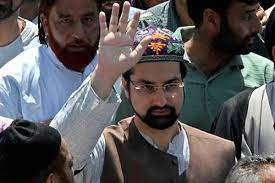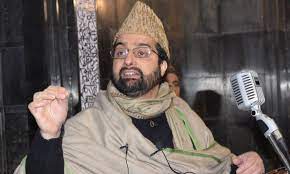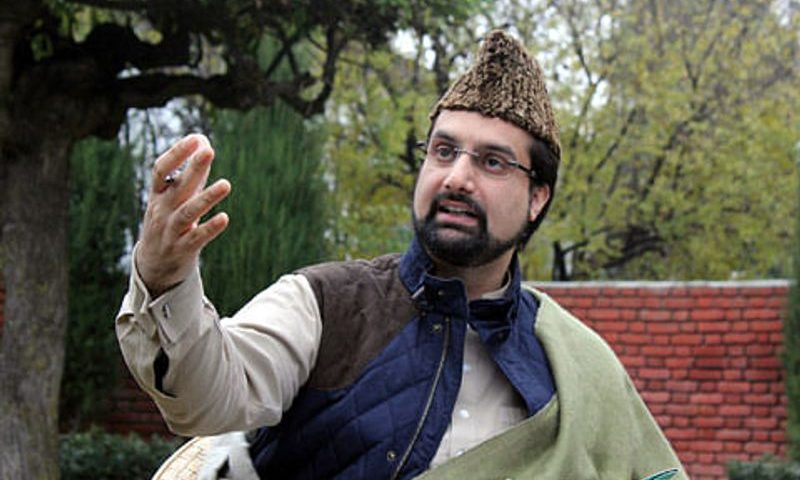The recent provocation at the Line of Control (LoC), in which a soldier’s body was mutilated, was one more indication that the troubles in Kashmir are not over. There are other indications too, which together paint a sombre picture of what might happen next summer.
Many in positions of authority hope that things would settle down since school examinations have been held, markets are bustling, and traffic is back on the roads. But their expectations ought to be tempered with caution.
The respite is tenuous and it might turn out to be temporary.
The first thing that one needs to recognise about the 2016 unrest in Kashmir is that it was not a repeat of 2010. There is no doubt that the internal and external dimensions of the challenge faced in Kashmir have been more intricately linked this year.
So, the return of traffic and exams can’t take away the heavy shelling — including high-calibre artillery — which has killed many people near the LoC and forced even more to relocate.
Besides, militant attacks have taken place sporadically, and there is no doubt that there are plenty of foreign and local militants in the Valley.
Stone-pelting too is not a thing of the past. There have been recent instances of it, including a major one in the Pulwama area on Wednesday.
Another big spurt?
A large-scale unrest such as that witnessed over four months this year could well be repeated next summer. All it would take is a trigger like the killing of militant commander Burhan Wani, which started the unrest on 8 July.
As more evidence continues to emerge, it is pushing analysts to the view that the unrest was planned for the period following Eid this summer. In fact, Lieutenant-General DS Hooda, the commander-in-chief of the Northern Command, is among the many who believe that this year’s eruption had been planned.
From the very next day after Burhan Wani was killed on 8 July, mobs across the Valley, showed a sort of uniformity in their tactics — as if they were following a pattern. The most significant of these tactics were mob attacks on police stations and paramilitary camps.
However, he says that if Burhan Wani had not been killed some other trigger would have been used. Further, those who had planned this year’s unrest are likely to look for an opportunity next summer too, adds Hooda, who is set to retire from the army at the end of this month.
Such a prognosis makes sense. And, the agents provocateurs who have taken control of coordinating the agitations in various parts of the Valley appear to be controlled from across the border.
Leading activists of several organisations including the Jamaat-e-Islami, have played key roles at the ground level. At times, they have benefited from a benevolent attitude from very high functionaries of the state.
In tandem, large numbers of foreign militants have infiltrated Kashmir in 2015 and 2016 — a hundred during the first ten months of this year, according to Hooda.
A nuanced view
Unlike many of the military men who held control of state power during the 1990s, the erudite Hooda is keenly aware of the distinctions between different sorts of militants, and variations in the ideologies of those active on the ground.
He points out astutely that “the more (a) local is killed, (the more) you will have a reaction”. However, asked if this summer’s unrest might have been avoided if the widely popular Burhan had not been killed, Hooda replied: “We were not aware that Burhan specifically was there. But even if we had known, would we have done it differently?”
He alludes to the fact that the Indian Army cannot by itself make a distinction between one militant and another. He is, however, acutely aware of the need for political initiatives. “Everything cannot be fought kinetically,” he says.
Clearly, much needs to be done — on various levels, and through several channels. Such initiatives are very urgently required in light of the various prognoses that another summer of unrest is in the offing.





